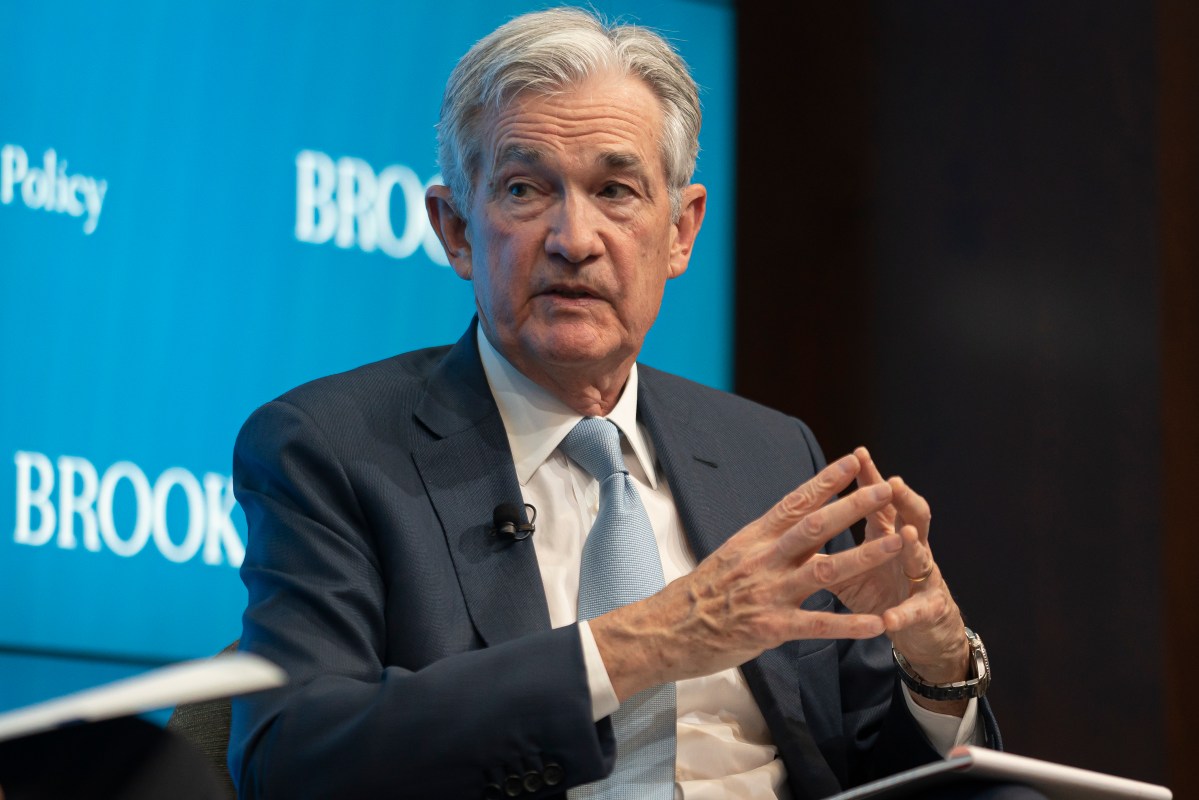The Biden administration has pulled off a remarkable two-step—at once, beating inflation while expanding employment. In both cases, policy decisions drove the results—10 interest rate increases to tame inflation; and, to bolster employment, enactment of a major stimulus in response to the pandemic, followed by programs of large-scale infrastructure investments and tax benefits to bolster American industry in areas such as clean energy and semiconductor manufacturing. Sustaining the happy results of these policies will depend on the Federal Reserve foregoing more interest rate hikes and the administration foregoing additional spending programs. Fortunately, on Wednesday, the Fed declined to hike rates. Ominously, it suggested more may be coming.
The Bureau of Labor Statistics (BLS) reported this week that the Consumer Price Index (CPI) rose just 0.1 percent in May. Retrospectively, prices increased 4 percent over the preceding year. But over the last six months, the CPI grew at an annual rate of only 2.75 percent. The Federal Reserve engineered the strong disinflation of the last half year by raising interest rates from 0.25 percent in March 2022 to 5 percent in May 2023, a 20-fold increase. Given the normal time lag between changes in interest rates and prices, inflation should continue to slow through the rest of 2023.
The good news on inflation is fairly broad-based. Rising energy costs driven by OPEC and Vladimir Putin’s invasion of Ukraine were the leading factors pushing up prices in 2021 and 2022. Gasoline prices, which jumped 42 percent in 2021, fell nearly 20 percent over the past year—and over the last six months, gas prices declined at an annual rate of 23 percent. Food prices, which jumped nearly 10 percent in 2022, still rose by almost 7 percent over the last year. But food prices over the last six months increased at an annual rate of just 3 percent. (The index tracking egg prices fell 13.8% in May, the largest monthly drop since January 1951.) Similarly, new car prices that jumped 11.8 percent in 2021 rose 4.7 percent over the past year—and increased over the last six months at an annual rate of just 2.2 percent.
The news on prices for services is less cheering, especially rising “shelter” or housing costs which are up 8 percent since May 2022 and still increasing at an annual rate of 8 percent over the past six months. But changes in housing costs typically lag other goods and services, so we should expect some relief in the second half of this year. And non-energy services overall, which rose 6.6 percent in the past year, still increased over the past six months at an annual rate of nearly 5 percent.
Happily, we should also expect to see inflation in overall services ease in the coming months. The sharp slowdown in inflation for goods that service companies depend on, from equipment to vehicles, should ease the pressure to raise prices. More importantly, higher interest rates have slowed growth pretty sharply so far this year, which should dampen demand for services as well as goods. And the recent spending cuts required to get Republican approval for raising the debt ceiling should reinforce that dynamic.
So, why do economists such as Larry Summers call for more interest rate hikes? For many economists, the era of Paul Volcker, when the Federal Reserve chair and his colleagues steadily raised rates from 10.25 percent in July 1979 to 20 percent in February 1981, still represents what’s necessary to break inflation.
But it’s the wrong paradigm for today. Inflation in the 1970s and early 1980s required such drastic and sustained policies because it was so profoundly ingrained in the economy, with entrenched expectations by companies and consumers that high inflation would simply persist. But no such expectations are evident today: A recent Federal Reserve Bank of Atlanta study found that businesses expect an inflation rate of just 2.9 percent one year out, and the Conference Board recently forecasted an inflation rate of 2.2 for 2024.
While the period of sustained, largescale interest rate hikes from 1979 to 1981 still resonates with some economists, I suspect that Chairman Jerome Powell’s Federal Reserve is more focused on 2005-2006, when it raised interest rates from 1.25 percent to 5.25 percent to ease the housing bubble. The lesson from that period is to be very careful of unintended consequences. In 2005-2006, most new home purchasers took out adjustable-rate mortgages, and the interest rate hikes drove waves of housing foreclosures that unexpectedly set up the 2008 financial crisis.
After the recent failures of Silicon Valley Bank, First Republic Bank, and Signature Bank, the Federal Reserve is more focused on the danger that additional interest rate increases pose for still more banks with portfolios invested heavily in Treasury and mortgage-backed securities. (These assets fall in value when interest rates rise.) Given the last six months of steady disinflation, it’s good that the Federal Reserve paused the rate hikes on Wednesday, as it was expected to do. And looking ahead, the Fed should be as sensitive to banking risks and a possible downturn as they are to any inflation data that might point to another rate hike. No one is saying that the Fed should declare “Mission Accomplished” in fighting inflation, but neither should it act as if we were back in the 1970s.



